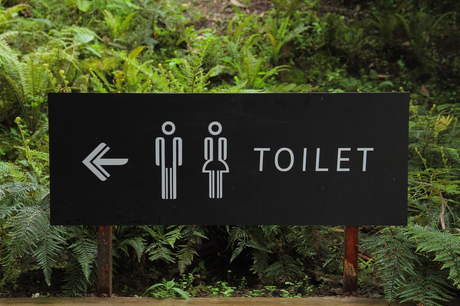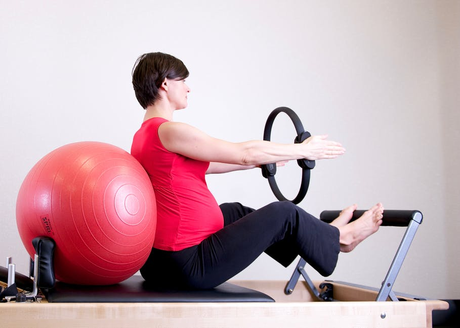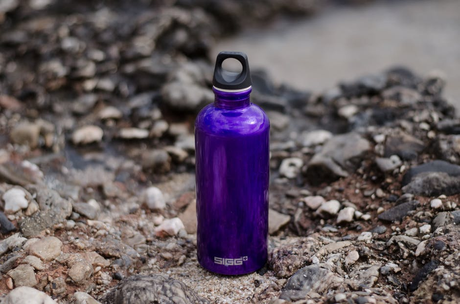It might seem like an embarrassing problem to talk about, but the truth is that adult incontinence is a lot more common than you might think, especially for women who are pregnant or have had a baby at some point. For that reason, it’s important to talk about what we can do to make life a little easier when we’re not always in quite as much control. We’re mostly going to look at urinary incontinence here, but some of the tips may apply to adults with all kinds of incontinence.

Know the different kinds of incontinence
Which type of incontinence you experience will affect which is the best way to deal with it. There are four main types of incontinence: Stress incontinence is when stressing the abdomen causes the bladder to leak, such as sneezing or coughing. Urge incontinence is when the urge to urinate is felt very strongly, to the point that it is unstoppable. Overflow incontinence happens when the bladder is permanently full. Total incontinence is the rarest form and is when urine continuously leaks. If you experience any of the above symptoms, then your doctor can help you address the underlying causes. Otherwise, they can help you better identify which tips might help better remedy the situation.
Make sure you have protection
We’re going to be looking at tips that can help you alleviate urinary incontinence, but it’s important to make sure that you’re protected against any embarrassing mishaps. Nowadays, there are plenty of discreet incontinence liners and pads that can offer comfort as well as a little security. However, the risk of adult diaper rash is also something to be aware of. You can deal with this by washing the irritated skin with warm water and allowing it to dry, before using diaper cream to soothe the affected area. Diaper rash affects you mostly if the chemicals in urine or other waste are allowed to stay put, so changing out of pads and liners can help prevent it, too.
Strengthen your pelvic floor
Also known as Kegel exercises, these workouts will strengthen the pelvic floor, the series of muscles that support the bladder and helps to better control it and the passageway of urine. There is a range of pelvic floor exercises, including the Kegels/pelvic muscle training. Squats and bridges can also be great for strengthening the pelvic floor. Some studies have also shown that doing pelvic floor muscles as part of a dance exercise can lead to even better long-term results of full incontinence recovery. The higher rate of recovery might in part be due to the fact that dance is a more fun method of working out, helping the participants manage a higher level of engagement and motivation, which helped them stick with it for longer.

Maintaining your weight
As with many things, your dietary habits and how active you are will influence your experience of incontinence. This is because being overweight can exacerbate the issue a great deal. In large part, this is due to the extra pressure on organs like the bladder causing them to want to empty more frequently. There are plenty of tips on losing weight that don’t involve dieting, but maintaining a healthy balanced diet is going to be much better for your body in the long-run. You are also likely to see much more consistent results if you start a calorie-controlled diet and do the necessary exercise to help your metabolism better process what food you do eat.
Training your bladder
Aside from working out the muscles that support it, there are also methods of “training” your bladder to behave as it should. The point of this is to increase the break you take between urinating. When incontinence makes you go to the bathroom more often, it also makes your bladder get used to holding less urine, meaning it becomes more sensitive, and you get the urge to pee more often. Bladder training is all about creating a schedule for bathroom visits, noting when you urinate and whether it empties your bladder fully or not, and trying to make it less frequent. Delaying urination where possible is a core part of this strategy. Of course, it’s better if you’re wearing protection so you don’t get caught out.
Watch your caffeine intake
There isn’t a straight line between drinking coffee and urinary incontinence, and the link between the two seems to be stronger for men than women, but it might be worth being careful with how much you drink anywho. Caffeine is a diuretic, meaning that it will make you more likely to need to go to the toilet to pee. For most women dealing with incontinence, their bladder doesn’t need to be even more sensitive. Caffeine-free tea and coffee are much more widely available these days, so if you want to shake your caffeine consumption but you don’t want to give up your morning cup of tea, it is becoming a lot easier, thankfully.

Link to Image – CC0 License
Make sure you hydrate
It might sound like drinking plenty of water would only make you go to the toilet more often. In the short-term, that might be true. However, drinking water helps fill your bladder more often, which means that it slowly grows a larger capacity. The bigger your bladder’s capacity grows, the fewer times you will need to go to the toilet each day. The average person should aim to drink 6 to 8 glasses of water every day. If you have any chronic health conditions, however, it’s worth asking your doctor about whether or not you should follow this tip. Aside from its link to urinary incontinence, not getting enough hydration can also lead to or exacerbate problems with constipation.
Hopefully, the tips above have shown you that there are solutions available to deal with adult incontinence. However, what’s most important is that you address the question with your doctor. There are different kinds of incontinence that might need a closer look.
Thank you for reading!


